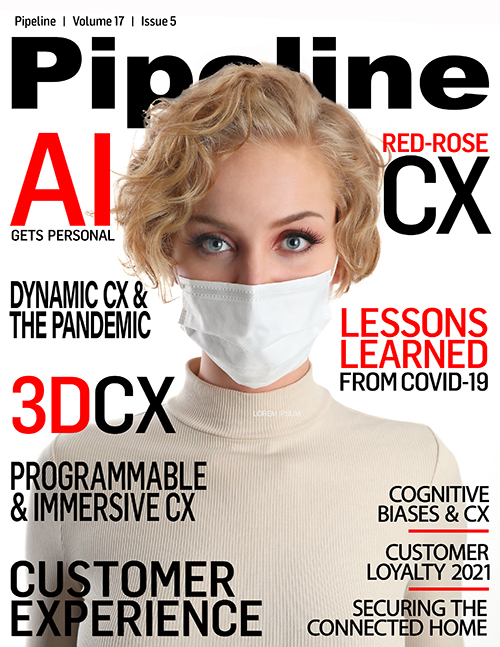Letter from the Editor - Perspective
A person close to the matter, laid out a litany of circumstances that read as the 1995, what-not-to-do playbook in customer experience management. They stated that they had to dial through a myriad of numbers, remaining on hold for hours, getting redirected, disconnected, some of the numbers being no longer in service, and being hung up on by rude, unhelpful and ill-informed “customer care” representatives. After painstakingly working through the lack of knowledge and professionalism, they were able to enter the deferment program. However, after repeatedly being hit with ongoing fees and penalties just weeks into the program, seemingly from a lack of knowledge and technology within Fifth Third Bank, they once again called Fifth Third Bank to resume payments and exit the program. Instead of helping its customers, it locked the business out of its banking platform, removed any means to pay their loan, and threatened the business.
Fifth Third Bank then told them they never offered deferment programs its business customers (despite posting the opposite on social media) and called the six-figure loan immediately due in violation of their own agreement…on a minority-owned, small business…during a global pandemic and economic crisis. Negative customer experiences like this have a long-lasting effect. Not only to this customer, but to everyone within their sphere of influence. This particular set of circumstances impacted an active community member, who mentors young entrepreneurs and has an extensive professional network. Which is one of the many reasons their abysmal Fifth Third Bank experience is being highlighted here.
The fact is experience is built on trust, and trust is established through a deep understanding of your customers through a relationship you build with them. Loyalty is established over time as confidence grows within your customer base, and they share their positive experiences with their peers. This leads to higher and longer customer retention rates, lower customer acquisition costs, and business growth. And what is good for your customer’s business, is good for your business. The right people, technology and culture are the essential ingredients to providing a superior customer experience, and one to which customers new and old will gravitate towards. Which is why this issue of Pipeline is so important.
In this issue of Pipeline, we explore the customer experience (CX) from several perspectives and the technology providers that are helping businesses improve it as we emerge from the COVID-19 pandemic. James Taylor of Bluebird Networks tells us of his personal COVID-19 and rural internet experience during the pandemic, including his first-hand experience contracting COVID-19 himself and his family's experience with rural connectivity, remote learning, and precision agriculture. SensibleVision tells us how 3D facial recognition can eliminate physical touch points and keep workers safe as we return to the workplace. NordVPN demonstrates how IoT and work-from-home security has become an imperative. The importance of delivering dynamic customer engagement (DCE) is explored by 1623 Farnam as we emerge from the pandemic, and Evolving Systems examines customer loyalty programs in 2021. Cloudonix walks us through the red-rose business case and what that means for customer retention and acquisition. Nokia shows us how AI can be used to provide a 360-degree view of customer and network experiences for use cases such as mobile and cloud gaming. Exponea explains how to understanding cognitive biases and the psychology of the customer lifecycle can bolster CX and revenue growth. Radisys discusses how programmable microservices can be used for immersive media applications such as video conferencing, chatbots, AR/VR, and telepresence. All this plus the latest industry news and more.
We hope you enjoy this and every issue of Pipeline,
Scott St. John
Managing Editor
Pipeline
Follow on Twitter | Follow on LinkedIn | Follow Pipeline



















